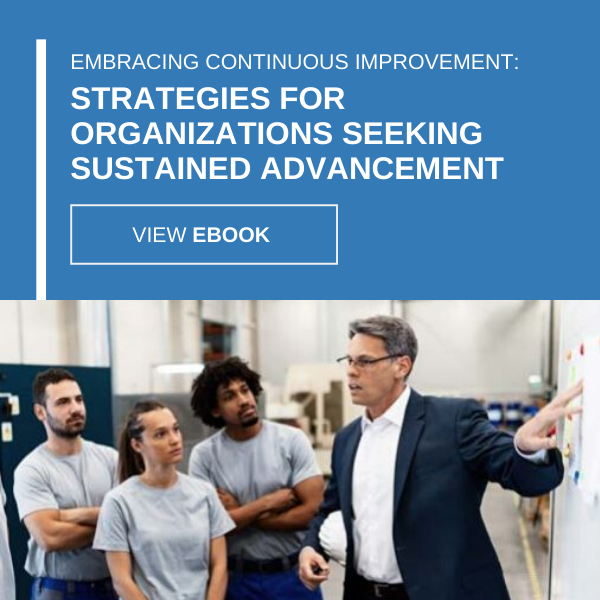
How Upskilling Your Employees Can Create a Stronger Organization
Knowledge is power, right? The problem? Most working professionals learn the majority of what they will ever know about their chosen profession between the ages of 18-22. They’re kids still, at that age, not even legally allowed to rent a car.
Sure, they’ll learn more on the job. Arguably, they’ll learn everything that really matters at work. But those pedagogical skills. The theory and tech that goes into professional life — that’s typically learned in the more formal classroom setting.
Without upskilling, your staff can wind up in professional limbo. Fortunately, there are many ways to continue developing professionally, even after school is out.
In this article, we take a look at how upskilling your employees can help create a stronger organization.
What is Upskilling?
As the name suggests, upskilling is simply the process of teaching your staff new skills. They learn more about how things work around your organization and perhaps gain the capacity to fulfill other responsibilities somewhere along the line. Kind of like a professional cross-fit program.
Instead of an inordinate amount of leg days, you have team members learning about new technologies or embracing business concepts that might otherwise be outside their job description.
Usually, upskilling is framed as being optional — professional development opportunities that, while not compulsory, may improve the employee’s overall standing within the organization somewhere down the line.
Not everyone will be interested in upskilling, but those who are will learn valuable skills.
Identifying the Go-getters
One of the most obvious benefits of upskilling your employees is that it helps to identify the go-getters. With this, you find out quickly who is interested in growing professionally, and who is more or less coasting on the job. When it comes time to decide who winds up taking on leadership roles, your upskilled staff will often be a great first place to look.
Filling Gaps
Upskilled professionals may also be better equipped to fill gaps within your organization. This is a problem that business leaders all over the world are still dealing with. They have jobs to fill, but they can’t quite find the people willing or qualified to take them on.
You definitely don’t want to rely on your best employees to pick up all the slack, but you can use them here and there to handle additional responsibilities when the moment requires it. Just make sure you reward them accordingly. Short-staffed businesses often experience very high levels of turnover because the work becomes more stressful for the people who remain.
You certainly don’t want to drive away you’re A-team, so call in the favors sparingly and make sure that your incentives are on point.
Avoid Efficiency Lags
As staff members age they inevitably fall out of touch with the most modern business practices. How could they not? Things change constantly, both in terms of what is considered best practices, and based on things like what technology is being used now.
If you’re twenty years out of college, you might not have your finger on the pulse of the latest industry trends. Upskilling is a great way to stay refreshed on what is going on in your chosen profession.
A Downside to Upskilling?
There are downsides and risks associated with upskilling your employees. Perhaps the most straightforward of these is that it takes time, and, by extension, money to teach people new things. Depending on your current resources, that might not be in the cards.
There’s also just the risk of alienating your staff. People work hard. They don’t really like being asked to work harder. You can edge around that particular issue by making professional development optional, but even then you run a bit of a risk. Yeah, you don’t have to do it but…you have to do it, right?
Read the room. There are times to upskill, and times to leave things be. As a decision-maker, it’s your responsibility to take an analytic view of the situation and go from there.
It’s also important to keep in mind that upskilling, or any other form of professional development is not a one-time thing. Technology will continue to change. Strategies will change along with it, and it will be time to refresh your staff’s knowledge all over again.
Learning and progress are important elements of growth, but remember that slow and steady can win the race here. You want to encourage your staff and help them grow. Not bombard them with new responsibilities.
*This article is written by Andrew Deen. Andrew has been a consultant for startups in almost every industry from retail to medical devices and everything in between. He implements lean methodology and is currently writing a book about scaling up business. You can follow him on Twitter @AndrewDeen14.





